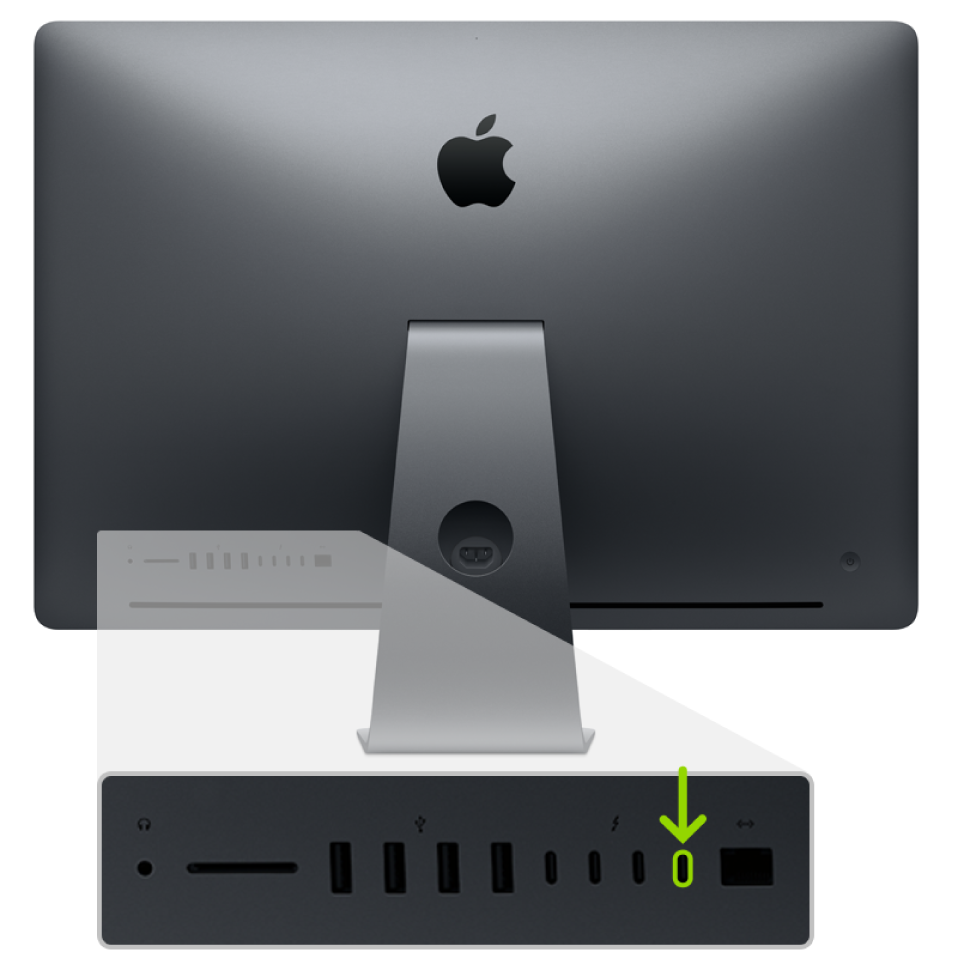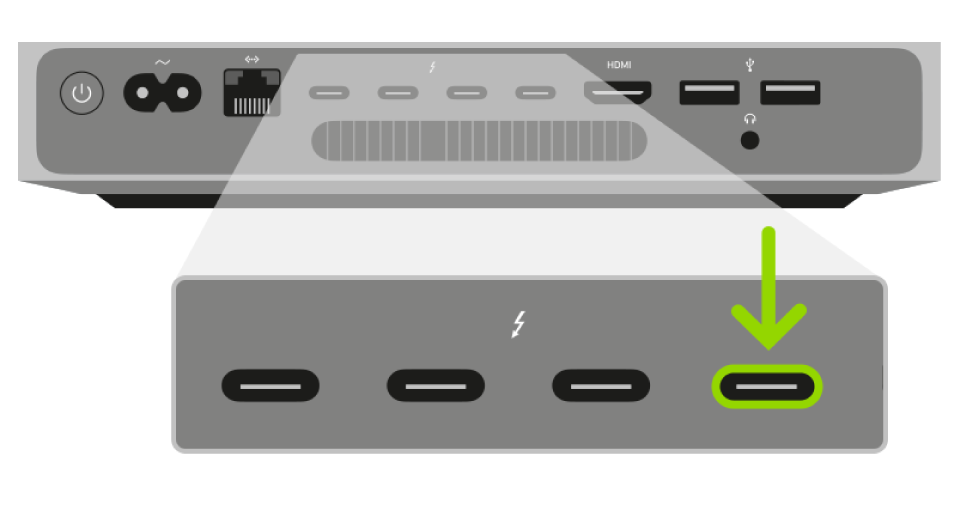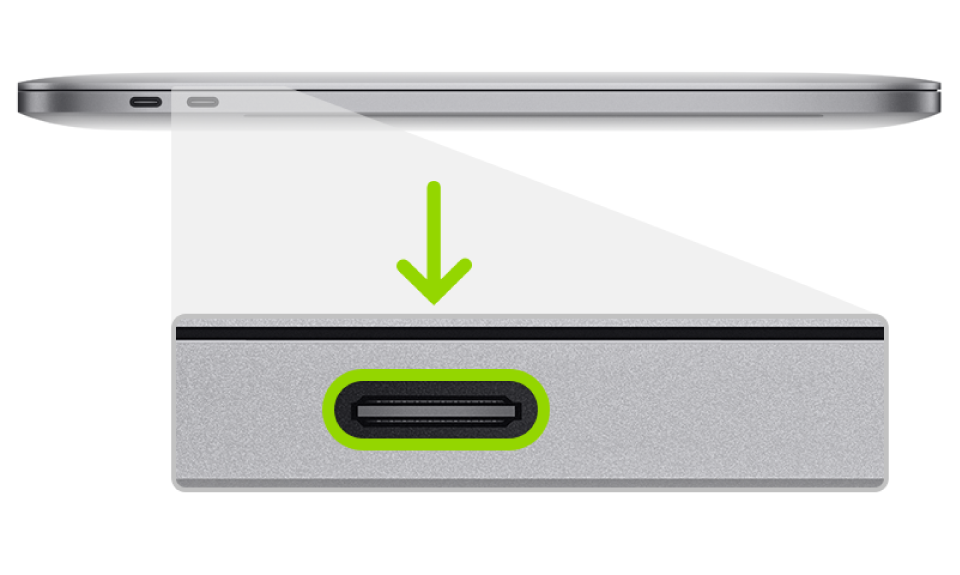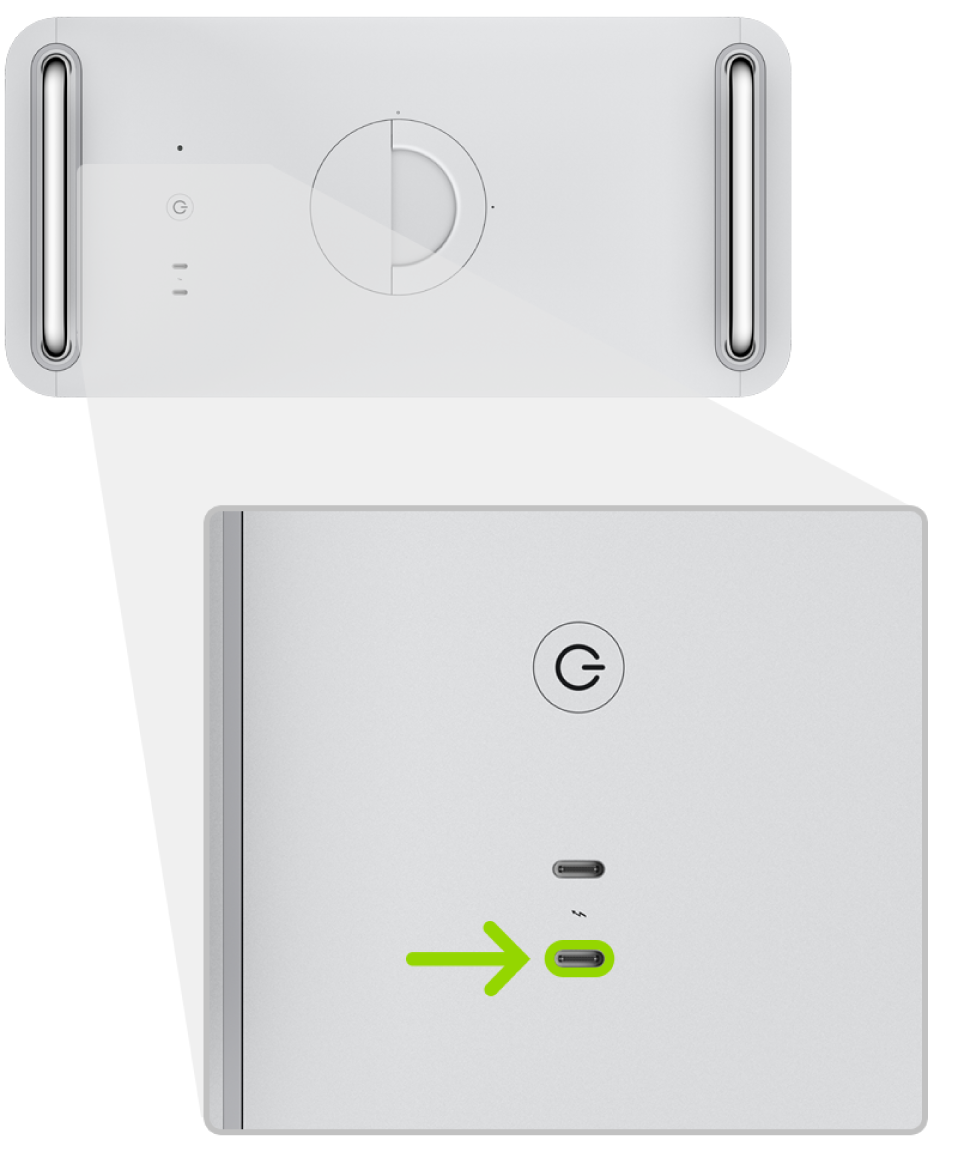Revive or restore Mac firmware in Apple Configurator 2
Wednesday, April 15, 2020 11:39 AM
Revive or restore Mac firmware in Apple Configurator 2
This task covers the following Apple computers:
iMac Pro
Mac mini (2018) or later
Mac Pro (2019)
MacBook Pro (13-inch, 2018, Four Thunderbolt 3 Ports) or later
MacBook Pro (15-inch, 2018) or later
MacBook Air (Retina, 13-inch, 2018) or later
Revive the firmware
In very rare circumstances, such as a power failure during a macOS upgrade, a Mac that has the Apple T2 Security Chip may become unresponsive and so the firmware on that chip must be revived.
Restore the firmware
If any of the following occurs, you must restore both the T2 chip firmware and erase the internal flash storage:
You can’t start the Mac from the startup volume or the recoveryOS
Internet recoveryOS was unsuccessful
Reviving the firmware was unsuccessful
WARNING: Back up your data before you restore the firmware on your Mac. When you restore the firmware on a Mac that contains an Apple T2 Security Chip, you are restoring the firmware on the T2 chip and on any volumes on your internal SSD storage. When this process is complete, any data on any SSD volumes is unrecoverable.
Requirements
To perform this process, you must have:
Apple Configurator 2.12 or later installed on any Mac that supports macOS 10.14.6 or later and has Internet access
You may need to configure your web proxy or firewall ports to allow all network traffic from Apple devices to Apple’s network 17.0.0.0/8. For more information on the ports used by Apple products, see the Apple Support article Use Apple products on enterprise networks.
Supported USB-C to USB-C charge cable, such as the one sold by Apple (may not be available in all countries or regions)
Supported USB-A to USB-C cable
The USB-C cable must support both power and data. Thunderbolt 3 cables aren’t supported.
Set up the Mac with Apple Configurator 2
Verify that:
You have the latest version of macOS 10.13 or later and Apple Configurator 2.6 or later
The Mac is plugged into a power source
You can connect to the Internet
If necessary, quit iTunes in macOS 10.14 and earlier, launch Apple Configurator 2
 , then plug in (along with any adapters needed) the USB or Thunderbolt cable.
, then plug in (along with any adapters needed) the USB or Thunderbolt cable.
Prepare the iMac Pro to revive the firmware
Disconnect the iMac Pro from power.
Plug the cable into the Thunderbolt port closest to the Ethernet port.

While holding down the power button, connect the iMac Pro to power and continue to hold the power button for about 3 seconds.
Note: You won’t see any screen activity from the iMac Pro.
Prepare the Mac mini to revive the firmware
Plug in a monitor so you can see when the process is complete.
Disconnect the Mac mini from power.
Plug the cable into the Thunderbolt port closest to the HDMI port.

While holding down the power button, connect the Mac mini to power and continue to hold the power button for about 3 seconds.
Note: You won’t see any screen activity from the Mac mini.
Prepare the Apple portable computer to revive the firmware
Press the wake/sleep button for about 5 seconds to shut down the Apple portable computer.
Plug the cable into the right Thunderbolt port on the left side of the Apple portable computer.


While holding down the power button, at the same time press all three of the following keys for about 3 seconds:
Right Shift key
Left Option key
Left Control key
Note: You won’t see any screen activity from the Apple portable computer.
Prepare the Mac Pro to revive the firmware
You need to revive the firmware in a Mac Pro if the light turns amber and flashes the following sequence in under four seconds: 3 short flashes, 3 long flashes, and 3 short flashes again. For more information, see the Apple Support article Mac Pro status indicator light behavior.
Plug in a monitor so you can see when the process is complete.
Disconnect the Mac Pro from power, then do one of the following:
For the desktop Mac Pro, plug the cable into the Thunderbolt port farthest away from the power button.
For the rack mount Mac Pro, plug the cable into the Thunderbolt port closest to the power button.


While holding down the power button, connect the Mac Pro to power and continue to hold the power button for about 3 seconds.
Note: You won’t see any screen activity from the Mac Pro.
Revive the firmware on the Apple T2 Security Chip
In the Apple Configurator 2
 device window, select the Mac whose chip firmware you want to revive.
device window, select the Mac whose chip firmware you want to revive.
Choose Actions > Advanced > Revive Device, then click Revive.
Note: If you lose power to either Mac during this process, begin the revive process again.
Wait for the process to complete. During this process, an Apple logo will appear and disappear.
After the process completes, your Mac will reboot.
Important: When you revive the firmware on the Apple T2 Security Chip, you must verify that the process was successful because Apple Configurator 2 may not alert you.
If necessary, use macOS Recovery to reinstall macOS.
See the Apple Support article How to reinstall macOS from macOS Recovery.
Quit Apple Configurator 2 and unplug any adapters and cables.
Restore the firmware on the Apple T2 Security Chip and erase the internal flash storage in a Mac
In the Apple Configurator 2
 device window, select the Mac to be restored.
device window, select the Mac to be restored.
Choose Actions > Restore, then click Restore.
Note: If you lose power to either Mac during this process, begin the restore process again.
Wait for the process to complete. During this process, an Apple logo will appear and disappear.
After the process completes, your Mac will reboot.
Important: When you restore the Mac, you must verify that the process was successful because Apple Configurator 2 may not alert you.
If the process was successful, you’ll see a blinking folder on the screen. Use macOS Recovery to reinstall macOS.
See the Apple Support article How to reinstall macOS from macOS Recovery.
Quit Apple Configurator 2 and unplug any adapters and cables.